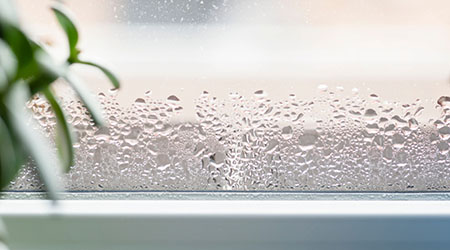Humidity in buildings, even in hospitals, has gotten a bad rap, according to an article on the Infection Control Today website.
Some hospitals actually prefer to turn humidification systems off in patient-occupied spaces.
However, low humidity strengthens infectious microbes and weakens the human immune system.
Hospital facility managers often follow building standards that are not necessarily based on medical data. By having an understanding of how the built environment influences clinical outcomes gives the infection control team new tools for reducing HAIs.
A 2014 study in a tertiary care hospital analyzed patient room metrics in conjunction with HAIs in the patients occupying those rooms. The most significant correlation with which infection rates was room relative humidity (RH) less than 40 percent.
In fact, research has linked air between 40 and 60 percent relative humidity (RH) with less-effective aerosol travel or pathogens, shorter airborne and surface survival times, lower transmission rates and more effective patient lung repair functions, according to a Consulting-Specifying Engineer article.
Read the full Infection Control Today article.

 Building Disaster Resilience Through Collaboration
Building Disaster Resilience Through Collaboration Amae Health Expands to New York City
Amae Health Expands to New York City Hospital for Special Surgery Opens Two New Facilities in New Jersey
Hospital for Special Surgery Opens Two New Facilities in New Jersey Should We Be Testing Toilet Water in Patient Restrooms?
Should We Be Testing Toilet Water in Patient Restrooms? Healthcare Union Petitions for Increased Staff Safety at HCA Florida Hospitals
Healthcare Union Petitions for Increased Staff Safety at HCA Florida Hospitals